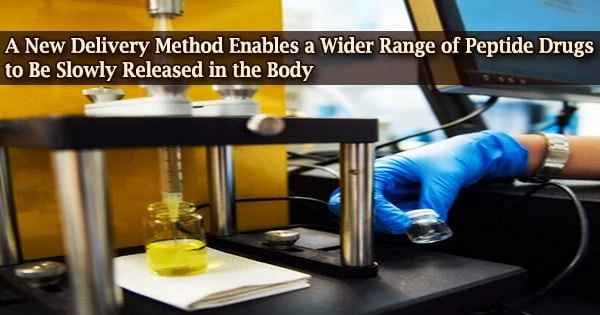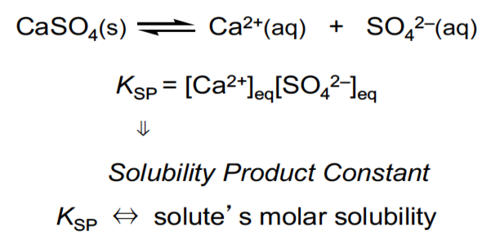One of the first completely new drug delivery microencapsulation methods to be described in decades is described in a recent paper from the University of Michigan.
Drugs like peptide therapies can be microencapsulated in biodegradable polymers to release slowly over time in the body. Peptides are biological compounds that contain messengers, growth factors, and well-known hormones like insulin. Peptides are made up of short chains of amino acids.
Peptide medications are typically administered intravenously rather than orally due to their bigger size and structure. One method to shorten the gap between injections is microencapsulation.
According to study co-author and professor of pharmaceutical sciences and biomedical engineering Steven Schwendeman, encapsulating peptide medications in the kind of resorbable polymers frequently used as dissolving sutures is one technique of slow-release drug administration for peptides.
Proteins are larger than peptides. Proteins are made up of 50 amino acids or more, while peptides are typically classified as entities with between 2 and 50 amino acids.
However, the present methods to microencapsulate the peptide molecules in the polymer involve organic solvents and sophisticated production, making the creation of polymer dosage forms for the administration of some peptide medications challenging.
This paper demonstrates that this concept can be performed to efficiently create equivalent or even improved injectable biodegradable polymer particles relative to existing commercial products, which slowly release several different peptides for more than one month, providing one of the first entirely new microencapsulation approaches in decades.
Steven Schwendeman
“The Schwendeman group discovered about 10 years ago that peptides can bind and enter the polymer spontaneously from water to microencapsulate the peptide very simply without organic solvent,” Schwendeman said.
He claimed that although the group had at the time demonstrated that the idea would work, it had not yet found application in the marketplace.
“This paper demonstrates that this concept can be performed to efficiently create equivalent or even improved injectable biodegradable polymer particles relative to existing commercial products, which slowly release several different peptides for more than one month, providing one of the first entirely new microencapsulation approaches in decades,” Schwendeman said.
Peptides can be purchased as part of dietary supplements like tablets or protein drinks. In order to treat illnesses like type 2 diabetes, multiple sclerosis, and high blood pressure, more than 100 peptide medications are already on the market. Furthermore, new ones keep appearing.
Schwendeman and colleagues found that they could achieve a very comparable outcome to the traditional organic-solvent-based approach of drug encapsulation if they first synthesized the polymer and then equilibrated the peptide with the polymer microspheres in water under specific conditions.
In the current study, the researchers discovered that this method of encapsulating leuprolide allowed peptides to be released for over 56 days in the lab and reduced the synthesis of testosterone in rats in a manner similar to the one-month Lupron Depot injection.
Prostate cancer, endometriosis, and other diseases are all treated with leuprolide injections. According to Schwendeman, this encapsulation technique is compatible with a number of different peptide medications that are now available as well as others that are being developed or newly approved.
The team is currently working on improving the ability to encapsulate various peptide types and other large-molecular medications, delivering the medications over longer periods of time, and creating a second method to remotely load medications into the polymer, which is targeted at fragile proteins.
















